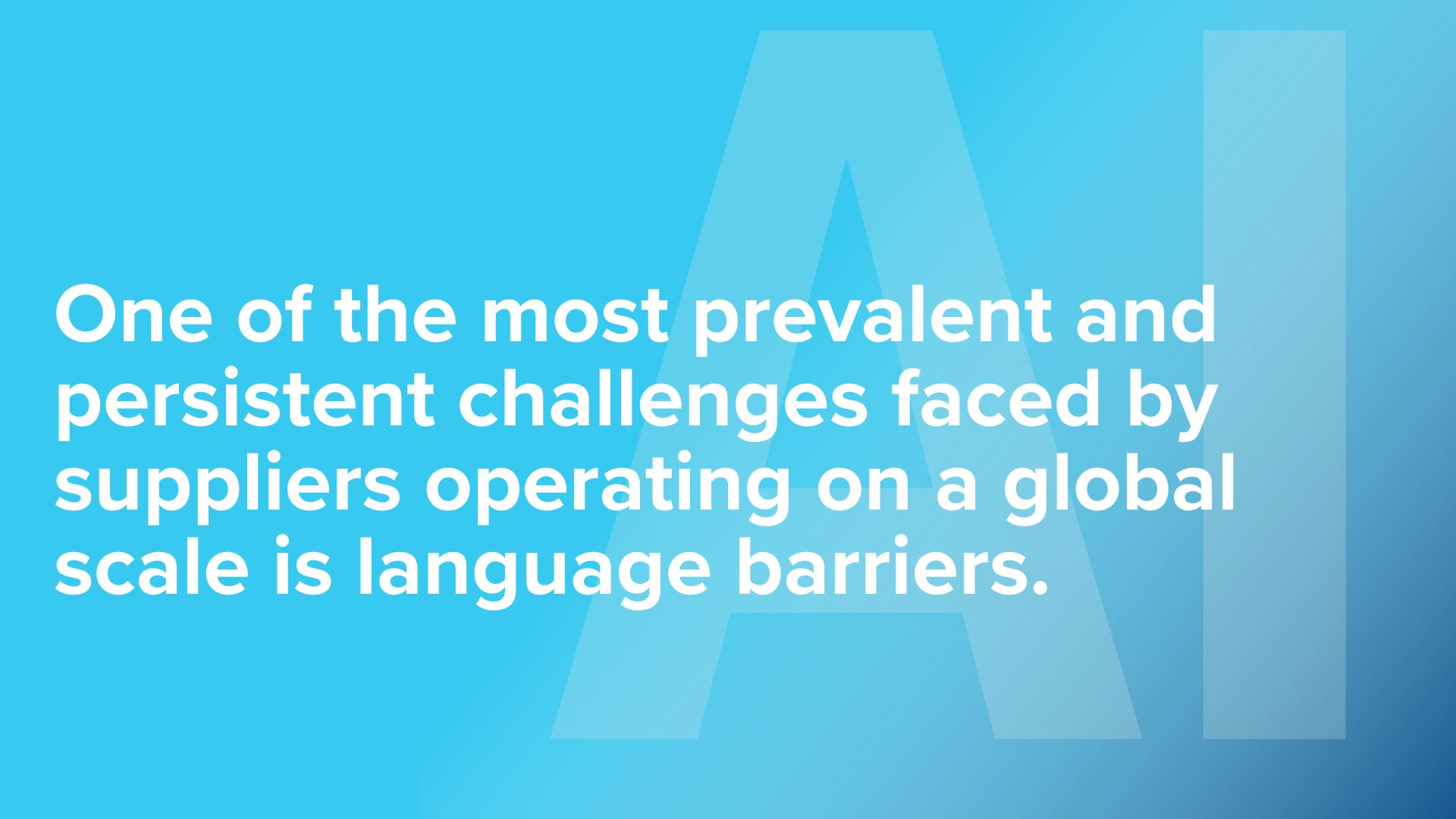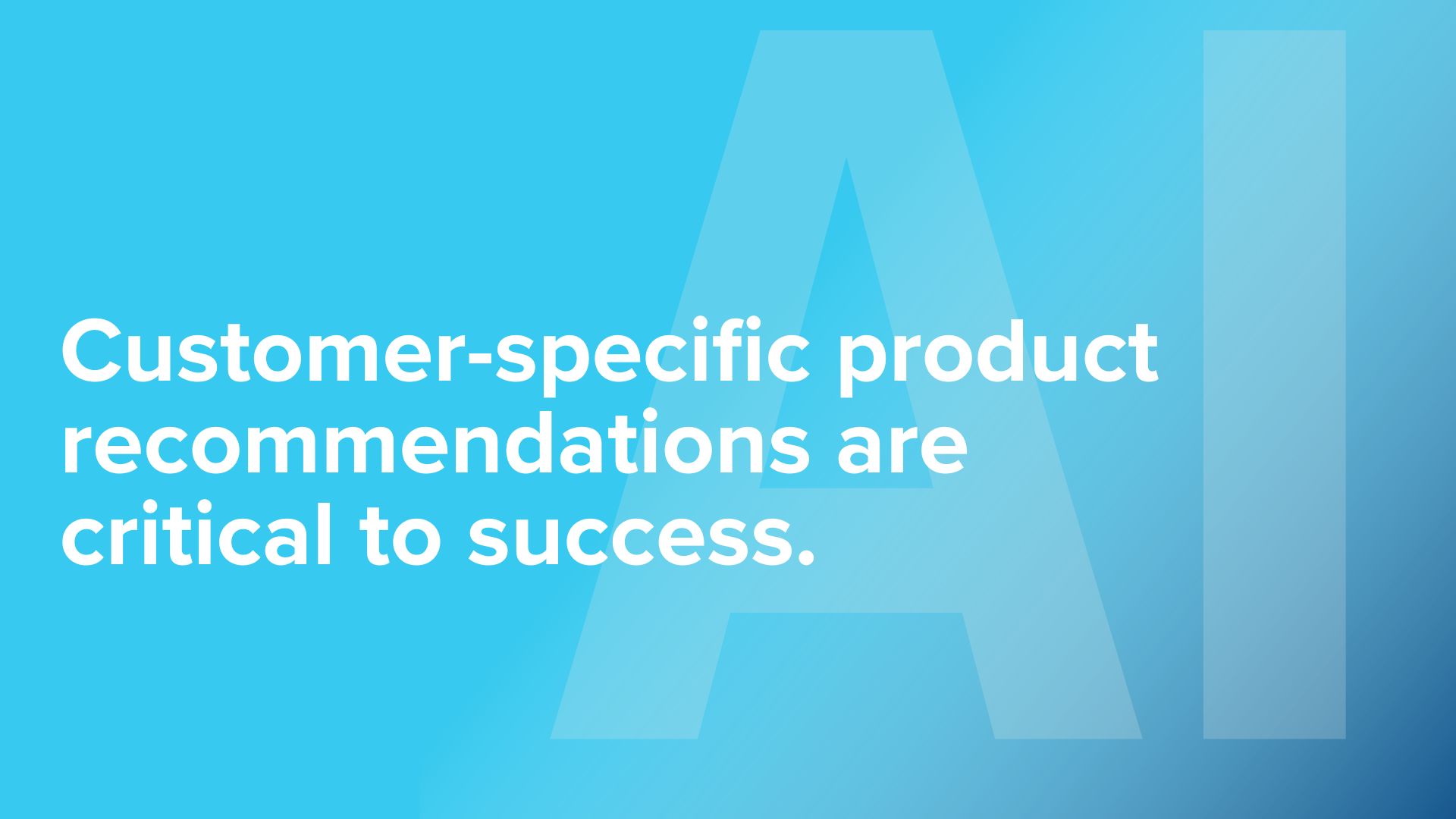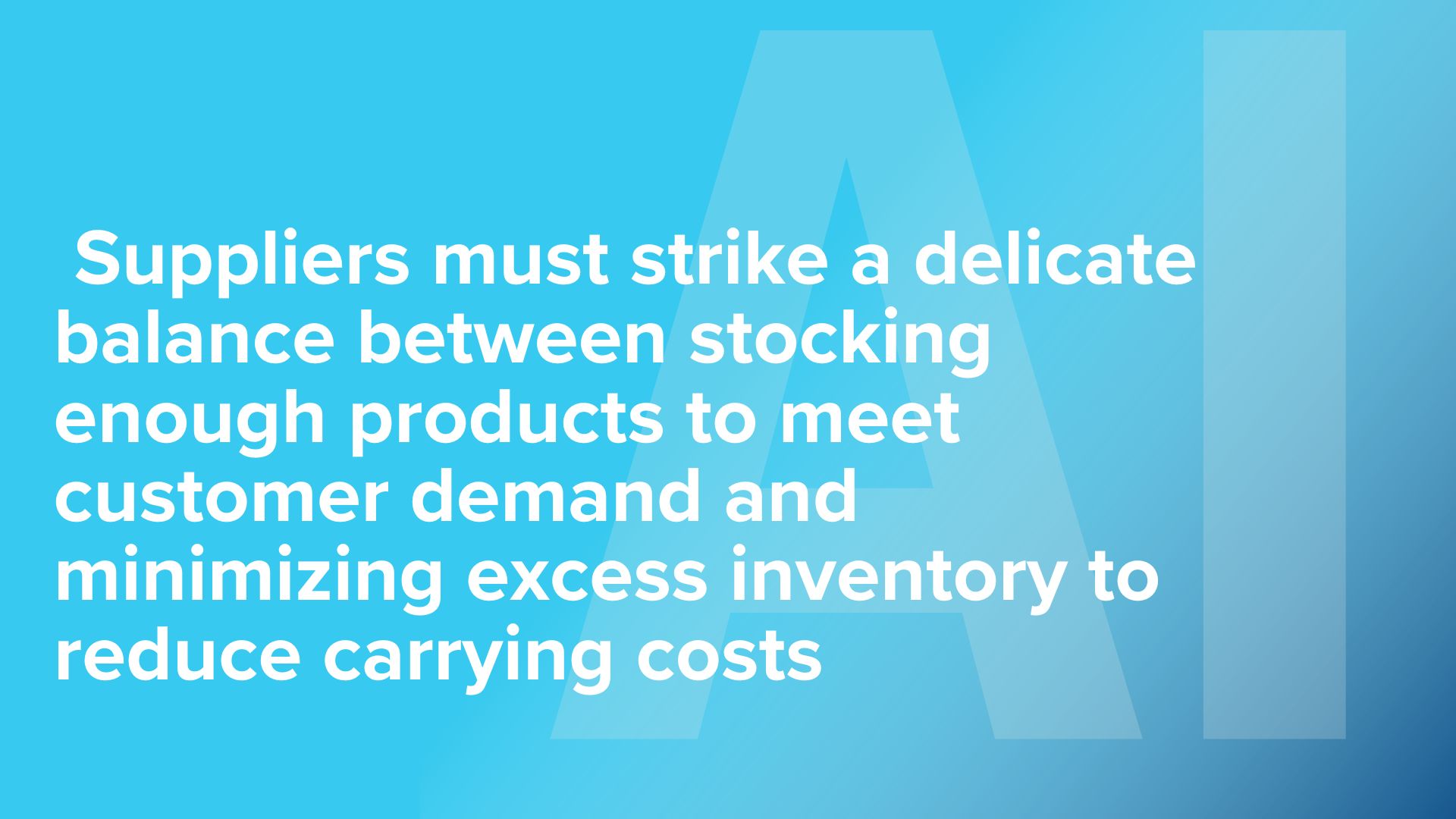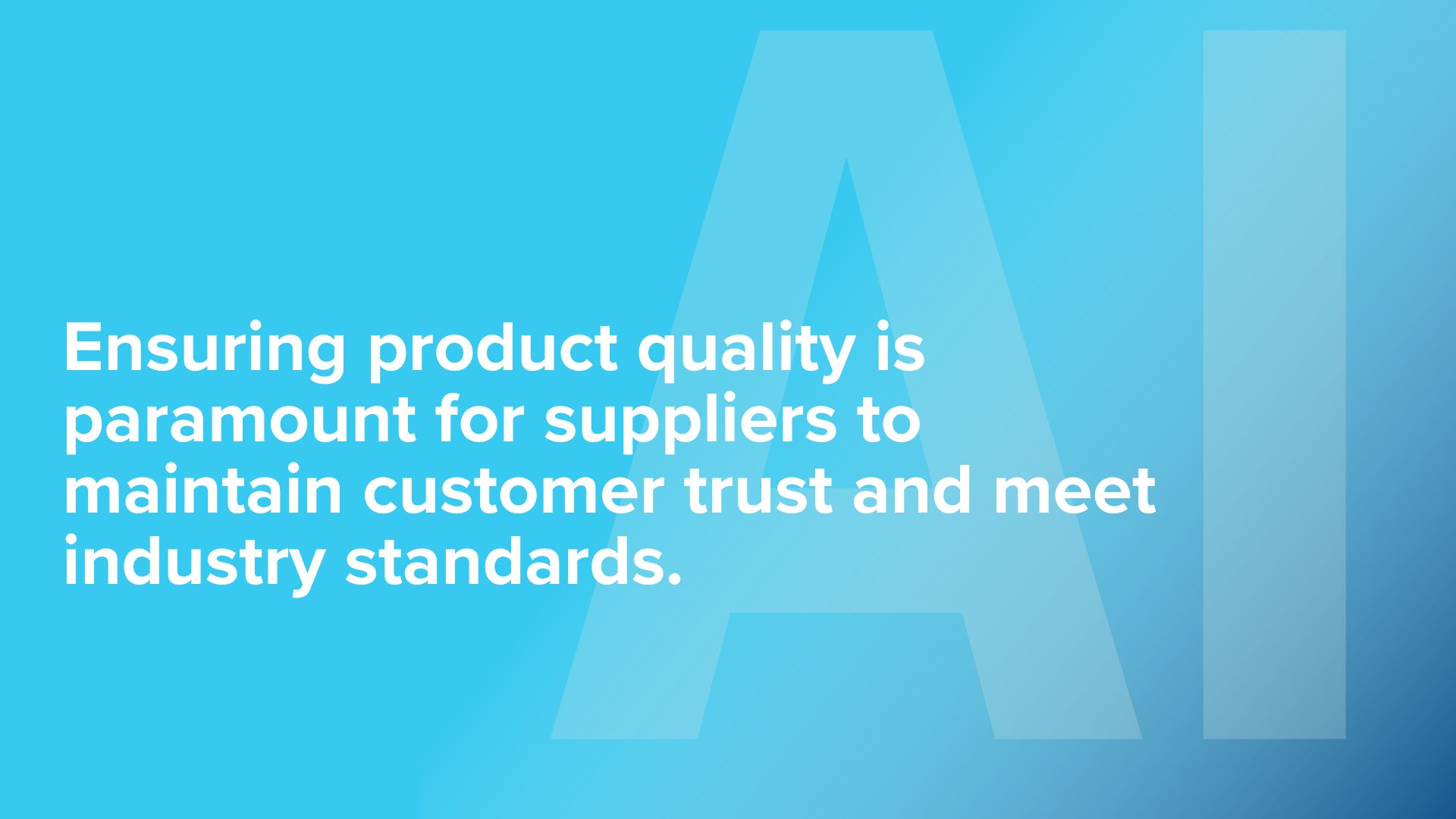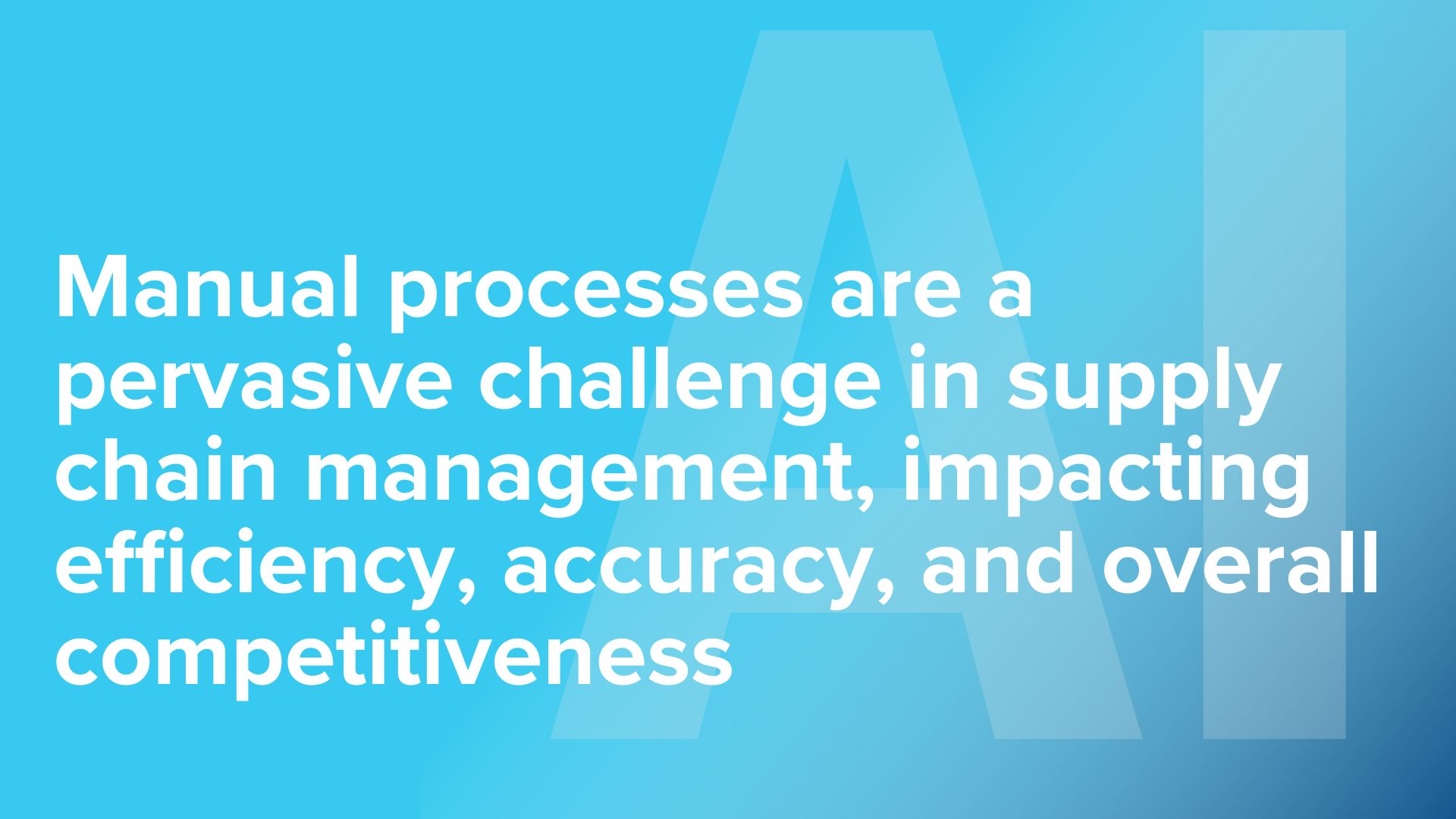How AI Search Is Resolving Common Supply Chain Challenges
As a supplier, you must have often faced an array of supply chain challenges that can make or break your success. From communication barriers to sourcing the right products, these hurdles can be daunting. However, the advent of Artificial Intelligence (AI) has brought forth innovative solutions such as AI Search, AI-powered language translation etc resolving the common supply chain procurement challenges. Lots of businesses are embracing Artificial Intelligence and Machine Learning (AI/ML) to cater to their customers’ needs. In fact, Deloitte’s study says 83% of early AI adopters have already achieved substantial(30%) or moderate economic (53%) benefits.
Let’s see how AI is solving common challenges for suppliers in the B2B ecommerce space.
AI Role in Resolving Supplier Challenges
Artificial Intelligence (AI) plays a vital role in addressing supplier challenges by enhancing communication and optimizing inventory management. Language barriers are often a hindrance in the global supply chain, but AI-powered translation tools break down these barriers, enabling efficient and error-free communication between suppliers and partners worldwide. Moreover, AI-driven algorithms analyze vast datasets to provide accurate demand forecasts, helping suppliers optimize their inventory levels, reduce carrying costs, and prevent stockouts, ensuring smoother operations and better customer service.
So, what are the common challenges
Challenge #1: Language Barriers
- Inefficient Communication: When parties involved in the supply chain don’t share a common language, communication becomes inefficient and often error-prone. Misinterpretations and misunderstandings can lead to costly mistakes.
- Delayed Decision-Making: Language barriers can slow down decision-making processes. When information needs translation or clarification, it can result in delays in responding to market changes or customer demands.
- Increased Costs: Employing human translators or relying on external translation services can be expensive and time-consuming. These costs can eat into profit margins and hinder agility in responding to market dynamics.
- Loss of Nuance: Languages often carry cultural nuances and context-specific meanings that may not translate accurately. This can lead to missed opportunities or misaligned expectations.
AI Solution
AI-powered language translation tools have emerged as a game-changer in addressing this challenge. These tools utilize natural language processing and machine learning to provide real-time, accurate translations across multiple languages. They enable seamless communication, reduce the risk of errors, and enhance efficiency in global supply chain operations. Furthermore, AI Search driven translation tools continuously improve by learning from vast datasets, ensuring more precise and context-aware translations over time. This technology not only breaks down language barriers but also empowers suppliers to engage with a broader and more diverse customer base effectively.
#Challenge 2: Product Matching and Recommendations
- Diverse Product Catalogs: Suppliers often deal with extensive product catalogs, making it challenging to accurately match customer queries with the right products. This is exacerbated when items have variations, such as size, color, or model.
- Customer Expectations: In the era of personalized shopping experiences, customers expect product recommendations that align with their preferences and browsing history. Failure to provide relevant suggestions can lead to reduced customer satisfaction and lower sales.
- Data Complexity: Managing and categorizing vast amounts of product data can be overwhelming, particularly when new products are continually added, or existing ones are updated.
- Dynamic Market Trends: Consumer preferences and market trends can change rapidly. Suppliers need to stay updated and adjust their product matching and recommendation strategies accordingly.
AI Solution
Artificial Intelligence, particularly machine learning algorithms, have proven to be invaluable in addressing product matching and recommendation challenges. AI-powered recommendation systems analyze customer behavior, purchase history, and preferences to provide tailored product suggestions. These systems continuously adapt and improve by learning from user interactions, ensuring that recommendations remain relevant.
For product matching, AI Search algorithms use advanced image recognition, natural language processing, and data analysis to identify and categorize products accurately. These algorithms can even handle complex cases like matching similar but not identical products or dealing with multilingual product descriptions. By automating these processes, AI enhances the accuracy of product matching and recommendations, ultimately leading to increased sales and customer satisfaction. Additionally, AI-powered systems can swiftly adapt to changing market dynamics, ensuring that suppliers remain competitive in the fast-paced e-commerce landscape.
Challenge #3: Inventory Management
- Demand Forecasting: Accurately predicting customer demand is crucial. Overestimating can lead to overstocking, tying up capital in unsold goods, while underestimating can result in stockouts and lost sales.
- Seasonal Variations: Many industries experience seasonal fluctuations in demand. Managing inventory effectively during peak seasons and avoiding overstock during off-peak periods is a complex task.
- Supplier Lead Times: Variability in lead times from suppliers can impact inventory levels. Delays in receiving stock can lead to stockouts if not managed properly.
- Multiple Sales Channels: Suppliers often sell through various channels, including physical stores, e-commerce platforms, and wholesalers. Coordinating inventory across these channels can be challenging.
AI Solution
AI’s ability to forecast demand by analyzing historical sales data, market trends, and external factors like weather ensures that suppliers can maintain optimal inventory levels, reducing the risks associated with overstocking or stockouts. Real-time data integration across various sales channels empowers suppliers with comprehensive insights, facilitating informed decision-making. Moreover, AI-driven translation tools bridge language barriers, fostering clear and efficient communication with international suppliers, which is vital for timely deliveries and minimizing disruptions in the supply chain. Automated reordering based on inventory thresholds streamlines the replenishment process, while AI algorithms calculate safety stock levels, ensuring suppliers are well-prepared for unexpected demand spikes. These AI-powered solutions collectively enhance supply chain efficiency and responsiveness.
Challenge #4: Quality Control
- Consistency in Quality: Suppliers must maintain consistent product quality across batches or shipments. Variability can lead to customer dissatisfaction and potential product recalls.
- Inspection Accuracy: Manual inspection processes can be prone to errors, especially when dealing with large quantities of products. Detecting defects or deviations from quality standards can be challenging.
- Quality Standards Compliance: Staying compliant with industry-specific quality standards and regulations is crucial. Non-compliance can result in legal issues, fines, or damage to the brand’s reputation.
- Communication with International Suppliers: When dealing with international suppliers, language barriers can complicate quality control processes. Clear communication regarding quality standards and expectations is essential.
AI Solution
Automated inspection, powered by AI search’s computer vision systems, allows for precise detection of defects or quality deviations that may elude human observation, thus mitigating the risk of delivering subpar products to customers. Quality data analysis leverages AI’s ability to analyze extensive datasets, including historical quality records and manufacturing data, to uncover patterns and correlations that enhance overall quality control procedures.
Moreover, AI translation tools foster efficient communication with international suppliers, ensuring alignment on quality standards and expectations, regardless of language barriers
Challenge #5: Manual Processes in Supply Chain
- Inefficiency: Manual processes are often time-consuming and labor-intensive, leading to inefficiencies in supply chain operations. Tasks like data entry, order processing, and documentation handling can be particularly slow and error-prone.
- Data Inaccuracy: Human error is inherent in manual processes, which can result in data inaccuracies. These errors can have cascading effects throughout the supply chain, leading to incorrect shipments, delayed deliveries, and customer dissatisfaction.
- Limited Visibility: Manual processes may lack transparency and real-time visibility into supply chain activities. This can hinder decision-making and responsiveness to changes or disruptions in the supply chain.
- Scalability Challenges: As businesses grow, manual processes become increasingly challenging to scale. Handling higher volumes of orders, suppliers, and customers can overwhelm manual workflows, leading to bottlenecks.
AI Solution
Process automation powered by AI Search eliminates the need for manual tasks, such as data entry and order processing, which not only reduces errors but also enhances operational efficiency and scalability. Secondly, AI-driven automation significantly improves data accuracy throughout the supply chain, resulting in better order fulfillment, fewer returns, and increased customer satisfaction. Moreover, AI provides real-time visibility into supply chain activities through analytics and monitoring, enabling proactive decision-making and swift responses to disruptions. Lastly, AI-search based systems are easily scalable, adapting seamlessly to accommodate growing order volumes, more suppliers, and expanding customer bases.
The notion that machine translation should replicate human capabilities can often lead us down a needless rabbit hole. Artificial intelligence operates on fixed rules and rigid structures, making it proficient in many cases, even surpassing human capabilities without hesitation.
Unlike languages, which lack such fixed rules, translation is subjective. Ten different translators might fervently debate the optimal translation for a single piece of content. Similarly, linguists can engage in endless debates over the precise definition of a single word, knowing that there is no one “correct” answer to such linguistic questions.
Setting these debates aside, let’s consider this: if machine translation can achieve a reliable accuracy rate of 25%, it effectively handles a quarter of the workload on behalf of human translators. This translates into significant time savings and cost reductions. Professional linguists widely employ automatic translation to expedite the translation process and enhance overall quality, resulting in faster turnaround times and reduced expenses for brands.
In essence, while artificial intelligence may not be the answer for all your translation challenges, it undeniably continues to enhance the outcomes of quality translation services.
Related Articles:
1) How are AI Translation and Search Engines Transforming the Material Industry
2) How to solve buyer challenges through a B2B platform in a tight supply chain market
3) Guide to AI-powered site search and how it works

